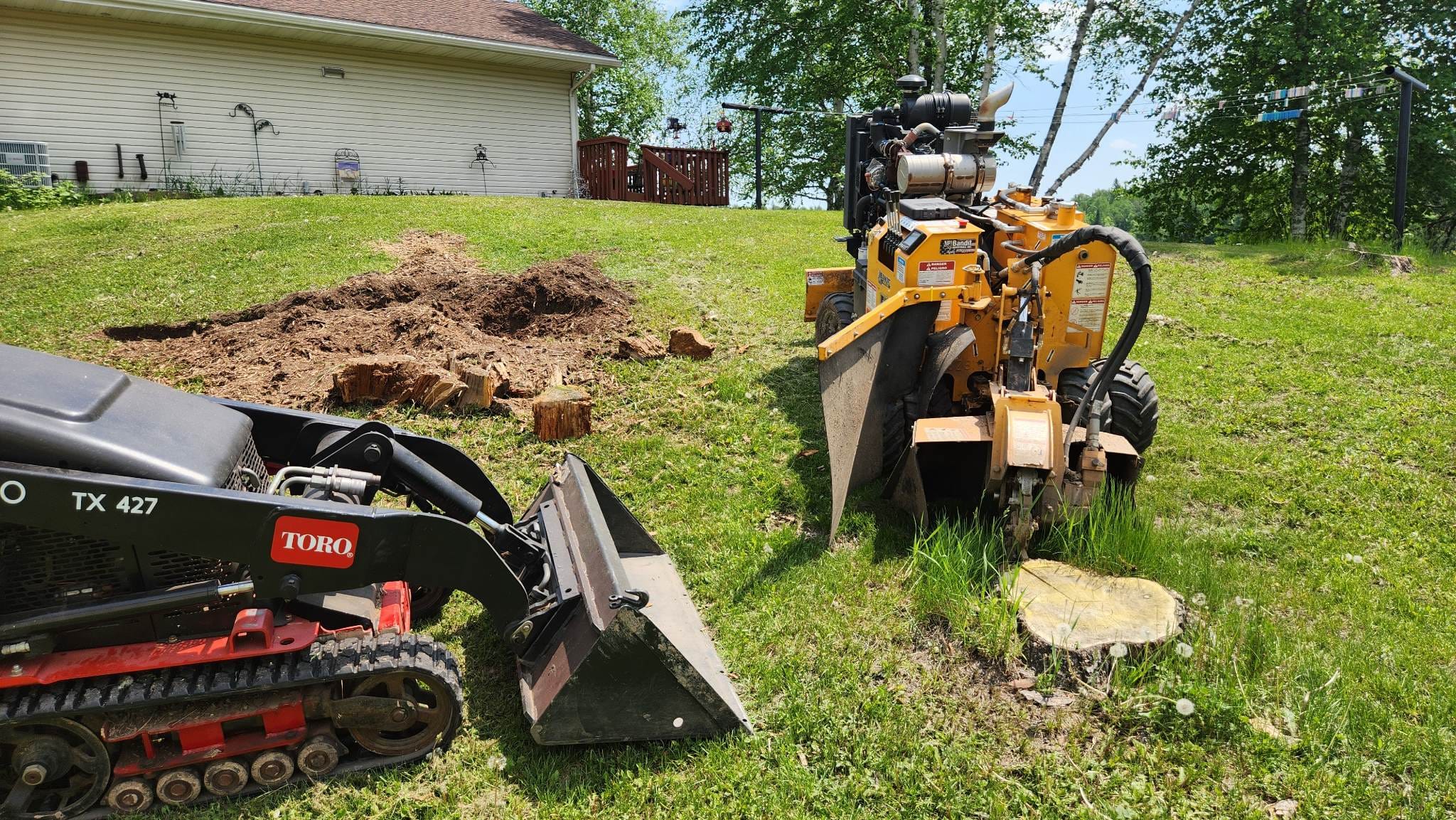Finding quiet and solitude in the midst of the chaos of modern life is becoming more and more valuable. For those who are fortunate enough to have small yards, finding seclusion can feel like an impossible task. But worry not! This post will show you how to use privacy trees for small yards to their fullest potential and create cosy havens.
Recognising the Need for Seclusion in Privacy Trees For Small Yards
Have you ever had the impression that everyone is staring at you from their garden like it’s a fishbowl? Don’t worry, privacy trees are the answer to your open-space dilemma. Every square foot matters in little yards, and these green guardians placed thoughtfully can turn your constrained outdoor area into a peaceful haven.
Selecting the Appropriate Privacy Trees For Small Yard
When it comes to privacy, not every tree is made equal. Some can take an eternity to reach the desired height, while others might be overly dense.
The secret is to choose trees that combine usefulness and beauty in just the right amounts. Take into account evergreen cultivars such as Leyland Cypress or Thuja Green Giants, which retain their leaves all year round and offer continuous coverage.
Planting and Placing: The Skill of Forming Organic Barriers
After selecting your arboreal defenders, the following action is to strategically place them. Consider it like placing players on a stage; every tree has a part to perform.
Plant taller trees at the boundaries to provide shade against multistory buildings, and scatter shorter species throughout. To produce an effect of layers. This gives your tiny yard more depth and visual appeal while also improving privacy.
Taking Care of Your Privacy Trees: Raising Green Guardians
As with any healthy ecology, your privacy trees require upkeep. The secrets to ensuring their ideal growth include occasional fertilisation, pruning, and frequent watering.
Give them the attention they need and they will repay you with a verdant wall that will keep prying eyes out. Treat them like the VIPs (Very Important Plants).
Beyond Privacy, The Advantages Of Small Yards
Privacy trees provide you with greater protection from curious neighbours.
They enhance the general health of your tiny yard. These green friends serve as sound absorbers, reducing outside noise and fostering a calm environment. Their presence also draws butterflies and birds, transforming your outside area into a tiny wildlife sanctuary.
Case Studies: Real Individuals, Real Solutions
Let’s explore the true accounts of homeowners who created secluded havens in their tiny yards. Introducing Jane, a metropolitan woman with a backyard as little as a postage stamp. She turned her area into a secret garden away from the prying eyes of the nearby apartment buildings by carefully placing a row of Emerald Green Arborvitae.
Then there’s Mark, who enclosed his patio with a natural screen made of a mix of the compact Nellie Stevens Holly and the quickly growing Green Giant Thuja. He may now dine outside without feeling conspicuously visible.
How-To’s for Building Privacy Trees: Unleash Your Inner Horticulturist
Are you feeling motivated? Take a DIY project to improve the seclusion of your tiny yard. Armed with your newfound information, visit your neighborhood nursery and choose the ideal trees for your area. Planting plants turns the deed into a meditation and an investment in your peace of mind for the future. Your sense of success and the privacy these trees offer will grow along with them.
FAQs
Which privacy trees work best in tiny yards?
In tiny yards, Thuja Green Giants, Leyland Cypress, and Nellie Stevens Holly are the best privacy trees. These evergreen cultivars are ideal for small outdoor settings because they offer year-round coverage.
For the best coverage, how far apart should privacy trees be planted?
The best coverage can be obtained by spacing privacy trees 5 to 10 feet apart. This distance promotes healthy growth and, in due course, creates a dense, organic barrier.
Can privacy trees in tiny yards also serve as noise barriers?
Yes, privacy trees are useful for blocking out noise. Their dense foliage muffles sound and absorbs it, giving your tiny yard a calmer, more serene feel.
In tiny yards, when is the ideal time to plant privacy trees?
The best seasons to plant privacy trees are early spring or late autumn. Before the hard summer or winter months arrive, these seasons’ moderate temperatures allow the trees to grow their roots.
How should a tiny yard’s privacy trees be maintained and cared for?
In order to keep privacy trees healthy, regular watering, pruning, and infrequent fertilization are essential. To encourage healthy development, give your plants plenty of water, prune any dead or overgrown branches, and apply a balanced fertilizer.
Conclusion
Privacy trees are often the unsung heroes in tiny yards when it comes to providing privacy. They redraw the lines of your outdoor space with their lush foliage and lofty heights, transforming it into a peaceful retreat. Thus, allow your privacy trees to act as sentinels, transforming your tiny yard into a haven whether you’re enjoying your morning coffee or stargazing at night.





